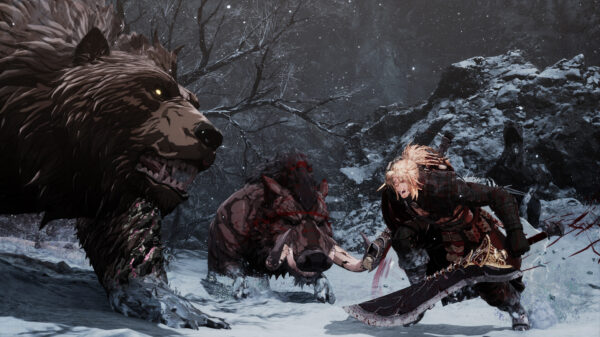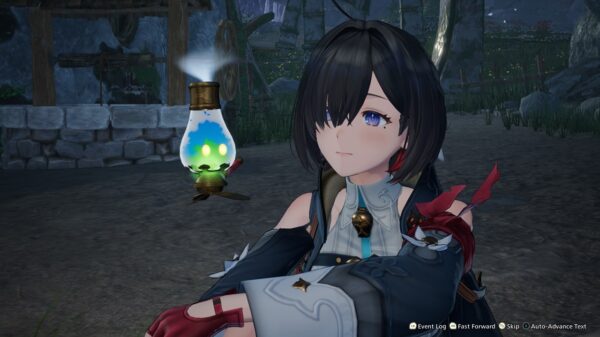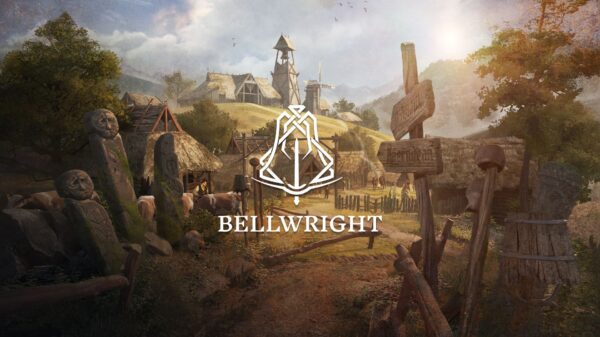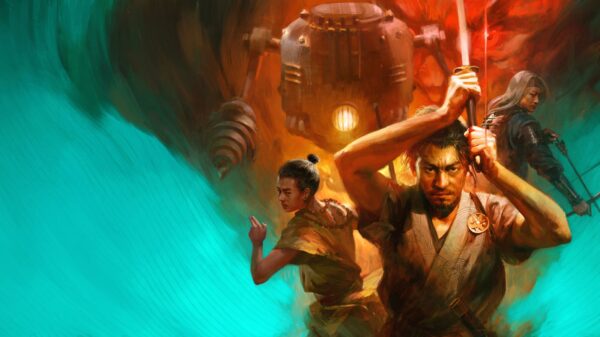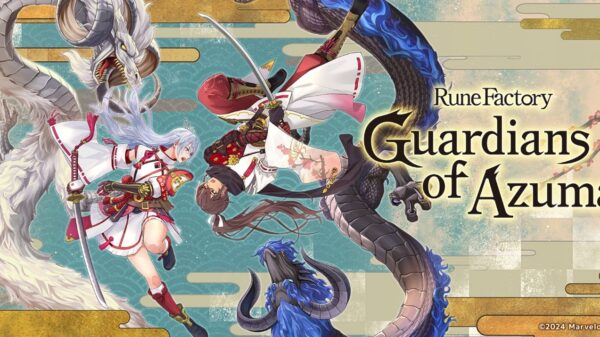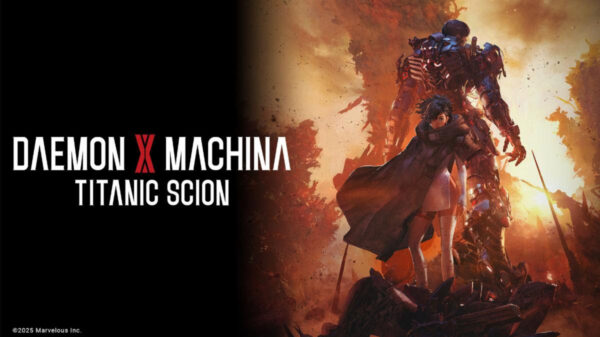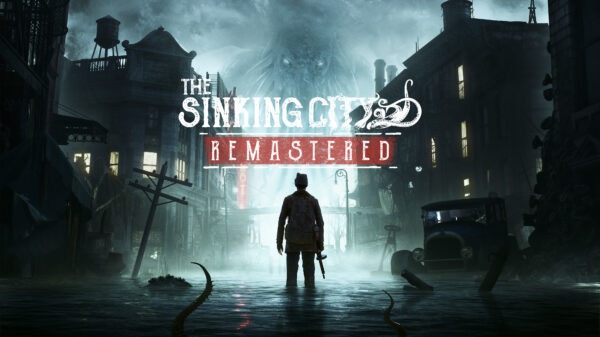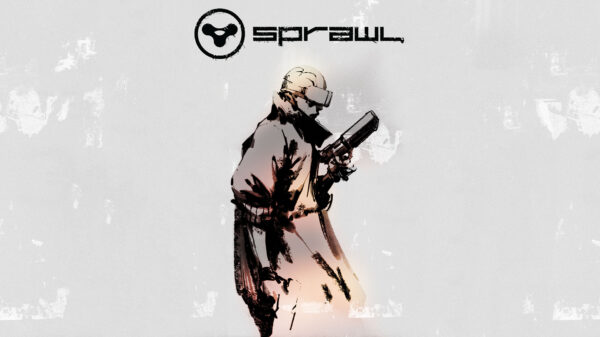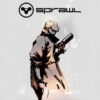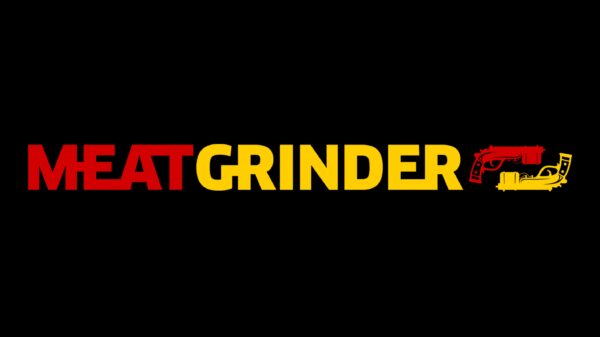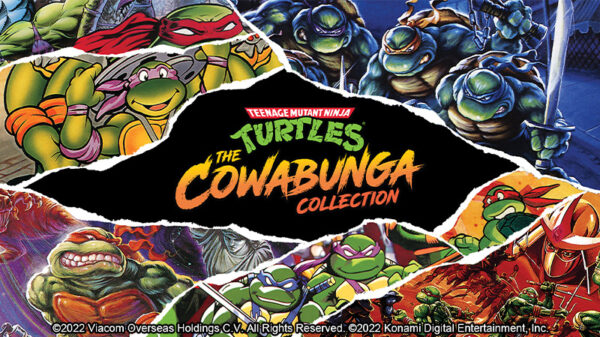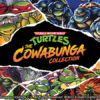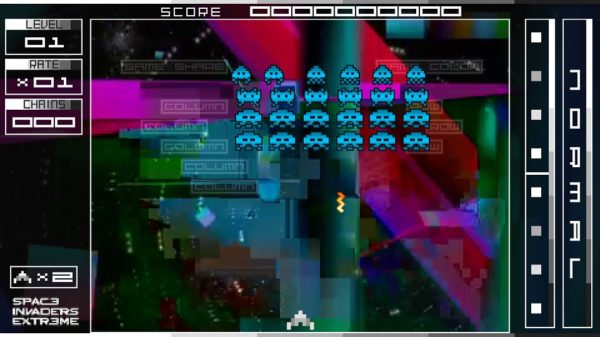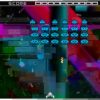A hulking warrior stands amidst a reddish-brown wasteland. A one-man army clad in iconic weaponry, he’s the last of his kind. For that, there will be hell to pay. But his story doesn’t matter. He doesn’t much care to tell it, and you very much won’t care to hear it. A trail of innumerable hellspawn and unequivocal evisceration is enough to satisfy his vengeful nature.
Developer: Saibot Studios
Price: $11.99
Platform: PC (Steam)
MonsterVine was supplied with a Steam code for review
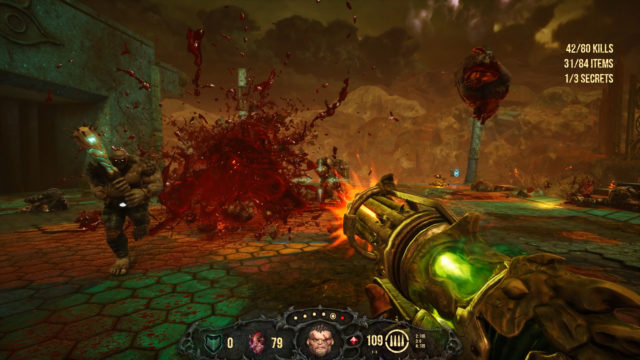
If you’ve spent any time with first-person shooting games in the last 30 years, then this premise probably sounds familiar. Hellbound is a fusion of the 1993 and 2016 renditions of id Software’s Doom, the title that pretty much shaped the FPS genre into what it is today. It’s a fine presentation that blends the HUD and sensibilities of the former with the fluidity of the latter.
Hellbound takes inspiration from other ‘90s FPS games, too. For example, protagonist Hellgore’s bombastic one-liners and bulky appearance are something you’d experience in Duke Nukem 3D. But Doom is the most obvious muse. And despite making this influence abundantly clear, Hellbound is more a shoddy clone than it is an homage to ‘90s FPS games.
Easily the most delectable aspect of Hellbound is its presentation. Non-diegetic elements like the game’s menus and heads-up display are exactly what you’d expect of the ‘90s. Ammo, armor, and health counts are displayed in no uncertain terms. And, in case the bolded typeface wasn’t indicative enough, Hellgore’s bloodied face is front and center to display just how dire the circumstances may be.

Classic Doom, of course, wasn’t the first to use this format for HUD design. That claim would go to Wolfenstein 3D – another id Software classic. The design would be repeated in most great FPS games of the era, though with slight variations to match different styles. Shadow Warrior and Duke Nukem 3D versions of the HUD, for example, dropped the character portrait. The protagonists in these games were dynamic enough to justify the removal.
Hellbound, too, features a HUD that is its own. While the basics are the same, the boxy appearance is dropped for a more thematic look. Rounded edges and claw-like points give the HUD a pleasing symmetry and a decidedly demonic aesthetic. It’s also less invasive, taking up relatively less space. Thus, it is less distracting while giving more space to the action happening on screen.
Level design, too, was mostly an adequate callback. While early levels were often too open and labyrinthian, later levels showcased the chambers and corridors of the genre. Like its predecessors, levels are advanced by finding keys and switches that open passageways to expansive arenas culminating in an all-out battle of one versus 100.
Action was well-paced throughout, and – despite his massive stature – Hellgore is impressively quick on his feet. This encouraged a nonstop run-n-gun approach to combat, a hallmark of ‘90s FPS games, while maintaining the fluid control of a more modern FPS.
However, these elements are not enough to make up for what is otherwise a slavish reproduction of Doom. There are moments when Hellbound is positively reminiscent of what came before it. But for the most part, it’s just a hollow facsimile and a blunt reminder of what you’d rather be playing.
The problem begins from the outset. You see a stout figure standing atop a pile of bones; a demon’s head in his hand and a reddish atmosphere behind him. Heavy metal plays in the background. It may not be a one-to-one reproduction of classic Doom’s box art and title screen, but the similarities are strikingly obvious. Almost immediately, Hellbound has set up expectations it can’t possibly live up to.
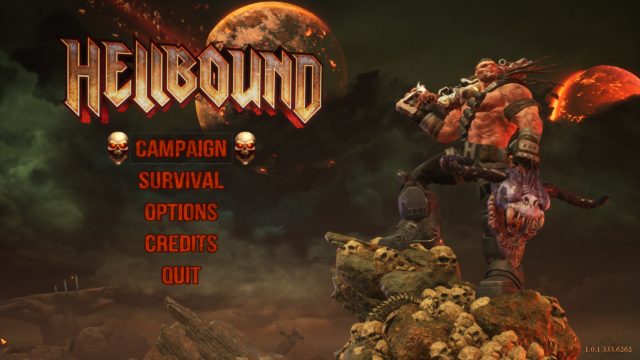
Almost everything about Hellbound’s universe has a direct analog to Doom. The same cast of weapons is here, save for the BFG. They now pack a lighter punch: Gunfire goes off with more of a whimper than a bang. There’s no heft to any of Hellgore’s weapons either. Every gun feels like a stark diminution of its predecessor. It’s almost as if the Doomguy’s entire arsenal was swapped with foam blasters and bb guns. Weapon feel was so much a part of what made early first-person shooters a success, and settling for anything so unremarkable is a disservice to the genre.
The game’s three enemy types (excluding the final boss) are also seemingly plucked right out of Doom. For whatever reason, Hellbound’s imitation zombiemen and imps are rigid and incapable of movement while readying their shots. These enemies must come to a full stop before fighting back, which was bizarrely discordant with the run-n-gun action and Hellgore’s fluid and fast-paced movement.
Even Hellbound’s narrative approach is a ripoff of what id Software set out to do. It’s unabashedly aware of how little its story matters, and it makes sure you know it in its marketing material. “Looking for a deep story?” Hellgore asks in the Hellbound teaser trailer. “You came to the wrong place.”
It’s a blatant riff of a famous quote from John Carmack, id co-founder and former lead programmer. “Story in a game is like story in a porn movie,” he espoused. “It’s expected to be there, but it’s not important.”
I understand that all of this is very much the point of Hellbound. But veneration shouldn’t be handed out for such a measly cost. Mediocre duplication of Doom’s foundations alone does not make for worthy homage, nor does a self-awareness of this practice excuse its existence.
Hellbound is essentially the version of Doom your mom says you have at home. It shines in its predecessors’ light without emitting its own glow. By attempting to be so much like what came before it, Hellbound strips itself of any originality and tone it might have had. But this isn’t necessarily a mark of failure for the game. Obviously, a Doom-like is just what Saibot Studios is going for in its marketing. Unfortunately, because of this, it’s bound to be a success.
Don’t be fooled. Hellbound doesn’t straddle the line between inspiration and imitation. Instead, it dives headfirst into the shallow end. There’s enough marketing and nostalgia on the surface to lure you in. But once you start playing, you’ll just be thinking about how you could be playing Doom instead.
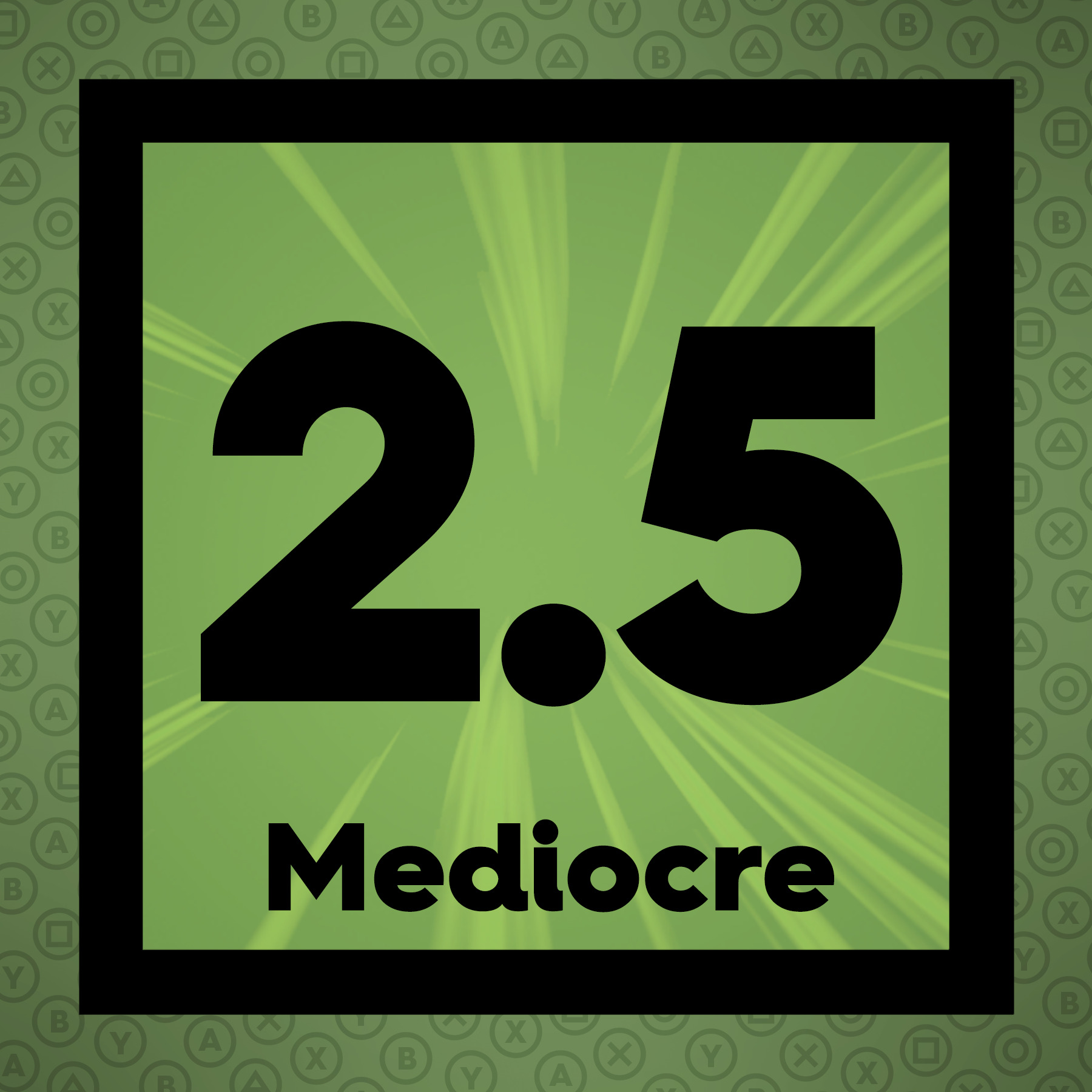 The Final Word
The Final Word
Hellbound is more imitation than inspiration. Lacking in originality and flair with merely passable gameplay, it makes us wonder why we shouldn’t just play Doom.
– MonsterVine Rating: 2.5 out of 5 – Mediocre


